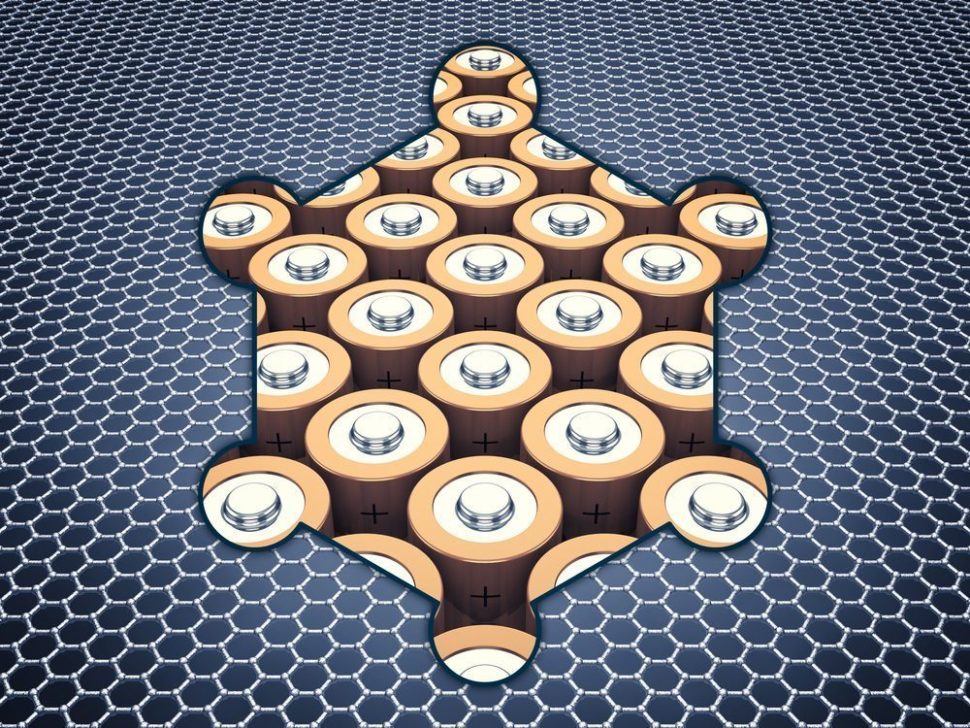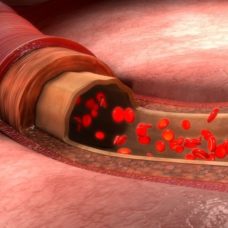Chinese scientists have developed a simple, one-step technique to producing a new type of micro-supercapacitor.
Supercapacitors are energy storage systems with much faster charging rates than conventional batteries, and can withstand virtually unlimited charging and discharging cycles.
Researchers develop a one-step process for fabricating a micro-supercapacitor.Click To TweetHowever, supercapacitors thus far are relatively expensive and difficult to produce.
With the advent of wearables, wireless sensors and other portable devices, electronics are getting smaller and smaller, highlighting the need for low-cost, efficient miniaturized energy storage components.
The Micro-supercapacitor Will Define the Future of Electronics
The micro-supercapacitor, as its name suggests, offers supercapacitor features (lightweight, high power density and long lifetime) but on a much smaller scale.
The ultimate goal with micro-supercapacitors is to miniaturize performance while keeping a high energy density. For the layman, the micro-supercapacitor will be a battery saver.
Micro-supercapacitors enable greater longevity of miniaturized communicating objects, allowing peaks of energy to be released in a few seconds to these small devices.
These “super miniature batteries” could have several concrete applications in many fields. In medicine, micro-supercapacitors already have their place reserved to power drug delivery systems.
They can also be used to power MEMS (microelectromechanical systems) which, in turn, could have interesting applications, like those of Smart Dust, for example.
Manufacturing Micro-supercapacitors With a One-step Process
Labs around the world, faced with the challenge of integrating micro energy storage systems directly on electronic chips, have explored many production paths.
Most methods rely on processes incompatible with those of the industry conventions.
A team of researchers from the Institute of Physics at Chinese Academy of Sciences (CAS), in collaboration with the Dalian Institute of Chemical Physics, proposed a novel, more efficient, and scalable technique to manufacture the high-energy micro-supercapacitor.
The “one-step fabrication” process relies on the complementary effects of graphene and phosphorene. Nanosheets of these two materials are integrated. By combining graphene’s flexibility and superconductivity with phosphorene’s high storage capacity, the team designed an on-chip storage system that maintains 90% of its efficiency after 2000 charge cycles. Now that’s a battery saver
Researchers, who published a paper in ACS Nano journal, hope their process would be commercially scalable and, meanwhile, they’re exploring other materials and techniques.
“We are continuously developing a variety of ultrathin, said Zhong-Shuai Wu, co-author of the study, “structurally defined graphene and 2-D materials, safe high-voltage electrolytes, and device fabrication techniques for flexible, smart, and integrated microscale energy storage device systems, such as high-energy micro-supercapacitors.”



















Comments (0)
Most Recent